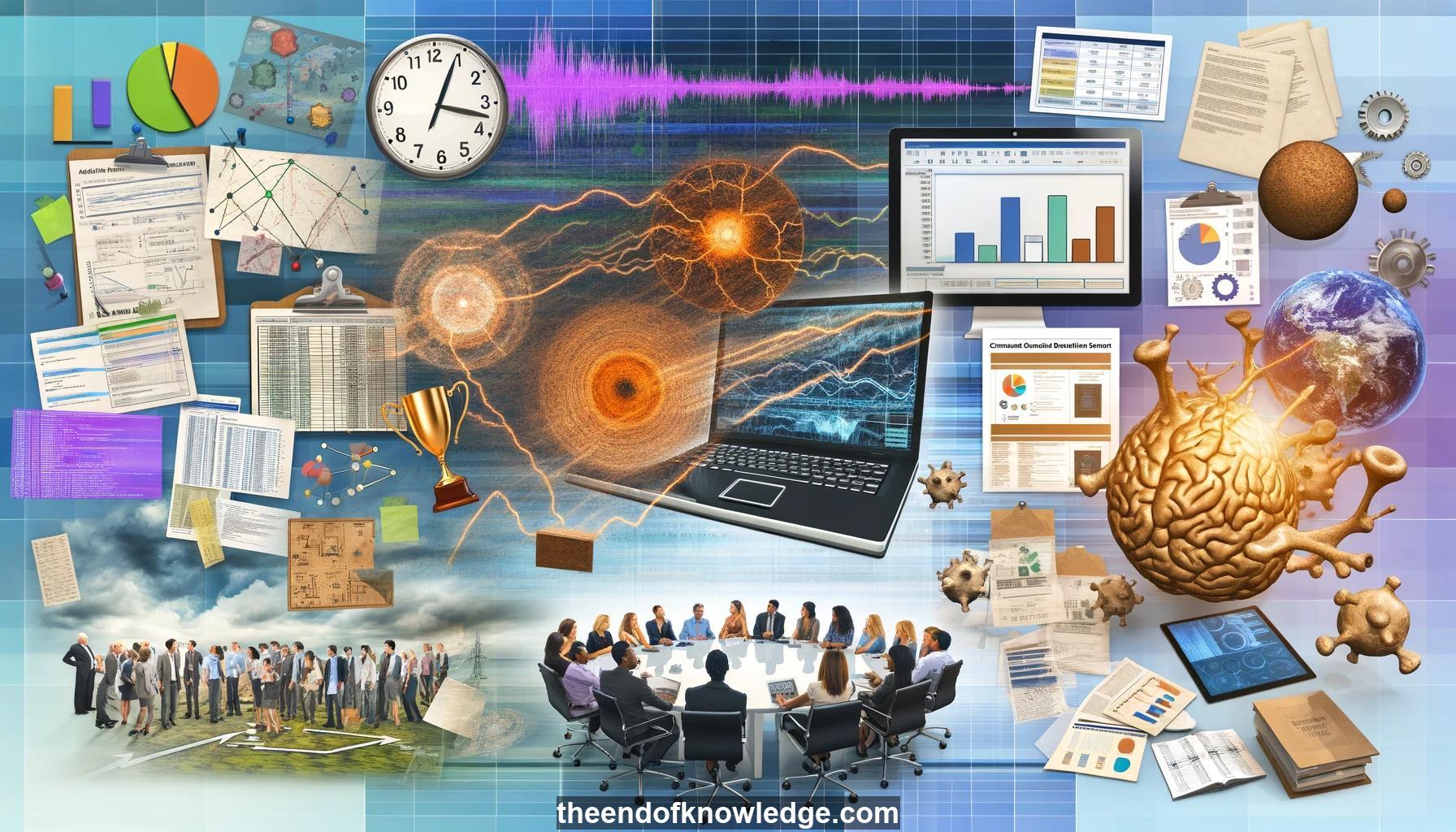 >
>
Concept Graph & Resume using Claude 3.5 Sonnet | Chat GPT4o | Llama 3:
Resume:
1.- Author hoped to use computer science to change the world for the better since starting grad school.
2.- Worked on combating nuclear proliferation by improving seismic event detection for the Comprehensive Test Ban Treaty Organization.
3.- After PhD, participated in the ALS Prediction Prize to predict disease progression rate to help clinicians and clinical trials.
4.- Key challenges with the ALS dataset included irregular time series, outliers, missingness, and many irrelevant features.
5.- Their solution placed first, outperforming 12 clinicians. It's estimated to reduce ALS drug trial sizes by 20%.
6.- As a postdoc, inspired by DataKind and the Data Science for Social Good program to tackle social problems with data.
7.- Started the Statistics for Social Good working group at Stanford to work on problems like poverty, hunger, education, trafficking.
8.- Took a divide and conquer approach - members identified problem partners, datasets, inferential questions and reported back to the group.
9.- Worked with SparkPoint on optimizing financial coaching services for low-income clients based on detailed client interaction data.
10.- With the Clinical Excellence Research Center, predicted high future healthcare cost individuals in Denmark for proactive interventions.
11.- Helped the Global Oncology Initiative create an opiate consumption data visualization called the Opiate Atlas for palliative care researchers.
12.- Studied nonprofit reviews with Great Nonprofits, finding clients reliant on services for basic needs gave some of the harshest feedback.
13.- Collaborated with other like-minded organizations and individuals working towards using data science for social good.
14.- Contributed to the community website statsforchange.github.io to share resources, potential partners, datasets, and ideas for social good projects.
15.- After moving, began working on improving sub-seasonal (2-6 week) climate forecasts which are important but very inaccurate.
16.- The US Bureau of Reclamation ran a year-long real-time sub-seasonal forecasting competition called the Sub-Seasonal Climate Forecaster Rodeo.
17.- Compiled the Sub-Seasonal Rodeo Dataset from many public meteorological data sources to enable training sub-seasonal forecasting models.
18.- Developed two models (multi-task linear regression and auto-regressive k-NN) and ensembled them to maximize cosine similarity skill.
19.- Their ensemble model outperformed the top competitor and improved over the US operational forecast (CFSv2) by 37-53% for temperature.
20.- For precipitation, their approach improved over CFSv2 by 128-154%, but there is still significant room for improving accuracy.
21.- During the COVID-19 pandemic, received suggestion to work on COVID forecasting given expertise of colleagues in flu forecasting.
22.- The DELPHI group at CMU, a CDC Influenza Forecasting Center of Excellence, was tasked with COVID-19 forecasting.
23.- The DELPHI COVID-19 response team first focused on collecting and sharing US COVID indicators for use in forecasting.
24.- Created COVIDCast website with daily, county-level data on symptoms, searches, doctor's visits. Data available via API for forecasting.
25.- Many opportunities exist to volunteer data science skills through DataKind, Data Science for Social Good Solve platform, Statistics Without Borders.
26.- Participating in data science contests like those on Innocent Applies, DrivenData, Dream Challenges, Kaggle is another avenue.
27.- Data Science for Social Good summer fellowships are available for students/postdocs at CMU, Stanford, UW to learn skills on real projects.
28.- We should teach more ML courses with real social impact, publish more ML for social good work, provide dedicated venues.
29.- Companies and universities should incentivize ML for social good through goals, support, and rewards like law firms do for pro bono work.
30.- If everyone dedicated even 1-5% of their time to being a positive force for social change through their work, imagine the impact.
Knowledge Vault built byDavid Vivancos 2024